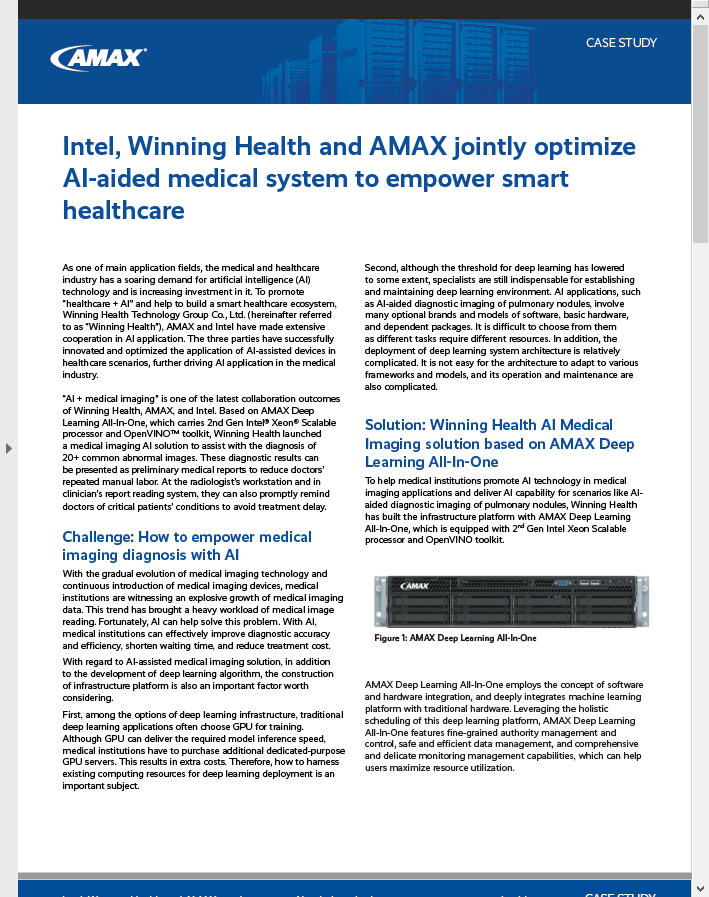
Jay Breakstone (center) and Sumit Puri (right) describe Liqid technologies at GTC
In this video from GTC 2017, Jay Breakstone and Sumit Puri from Liqid describe the company’s innovative composable infrastructure technology for servers and GPUs.
“We have reimagined infrastructure from the physical bare metal server up, and developed a unique strategy for tackling the motherboard-chassis problem at its most fundamental level. The Liqid CI Platform frees IT users from the mechanical limitations of the legacy motherboard paradigm, enabling the instant orchestration and effortless reconfiguration of desired physical, bare metal servers, using open, industry standard components. By taking the industry-standard hardware components normally inserted into a motherboard and instead attaching them through the Liqid PCIe switch, Liqid Grid, users can now manage and automate resources dynamically through Liqid’s standard user interface. Liqid CI Software allocates resources to target applications, whether those are legacy enterprise applications or the latest, cloud-based business apps. These elements can be dynamically redeployed on demand.”
The Liqid Composable Infrastructure (CI) Platform is the first solution to support GPUs as a dynamic, assignable, bare-metal resource. With the addition of graphics processing, the Liqid CI Platform delivers the industry’s most fully realized approach to composable infrastructure architecture. With this technology, disaggregated pools of compute, networking, data storage and graphics processing elements can be deployed on demand as bare-metal resources and instantly repurposed when infrastructure needs change. The Liqid CI Platform with complete GPU integration forges a dynamic new architectural foundation to accelerate breakthroughs across a wide array of technologies and services for today’s most challenging computational tasks.
The emergence of GPU in datacenter architecture has changed the game for how developers can address today’s most complex computational problems through graphical processing, but the rigid GPU-to-server configuration has limited the kinds of innovations even the smartest users can imagine,” said Ben Woo, Principal Analyst, Neuralytix. “Allowing users to pool, deploy and repurpose graphic processing resources on demand opens up a world of possibilities that were simply unattainable with architectures that were bound by these physical limitations.”
While GPU offers a powerful solution for the computing industry’s toughest problems, those deploying GPU have met static physical limitations for how they could connect and utilize the element under the traditional motherboard/chassis paradigm. Because of this, users have remained unable to dynamically share the expensive resource across servers or harness multiple GPUs in large clusters to engage the largest of datasets. Agile composable infrastructure strategies enable IT administrators to deliver more efficient on-demand utilization of compute, networking, data storage and graphics processing resources.
The Liqid CI Platform breaks past current barriers through innovations in low-latency fabrics and intelligent software that enable GPU to be deployed, shared and scaled at will among other datacenter resources, communicating natively among them via Liqid Grid, Liqid’s PCIe-based fabric switch. Liqid CI software allows IT users to orchestrate compute, networking, data storage and graphics processing in harmony as needed to best fit the application requirements. Users can also now cluster many 10s of GPUs over low latency PCIe, harnessing the resource like never before, and significantly increasing overall resource utilization while reducing the number of devices needed for computationally heavy tasks.
With the addition of graphics processing to the Liqid CI Platform, professionals in GPU-intensive fields can:
- Deploy competitive GPU-as-a-service, tailoring offerings to suit the needs of their clients versus the one-size-fits-all solutions presently available today
- Efficiently ingest, interrogate and visualize streaming datasets associated with emerging technologies such as artificial intelligence and autonomous vehicles
- Take virtual and augmented reality programming to the next level by significantly increasing the speed by which developers can create immersive digital worlds
- Immediately accelerate data processing for improved real-time analytics that allow users and professions to make better informed business-critical decisions on the fly
By making graphics processing resources fully composable, the Liqid CI Platform finally overcomes the physical roadblocks that have defined computing for previous eras,” said Jay Breakstone, CEO, Liqid. “The innovation leaders in today’s rapidly evolving digital world will realize the immediate value that Liqid delivers for accelerating their voyage from research to reality, whether they are trailblazing AI that will bring autonomous vehicles to market, solving newly presented mysteries of the human genome, or unearthing other advancements not possible under old architectural paradigms.”




